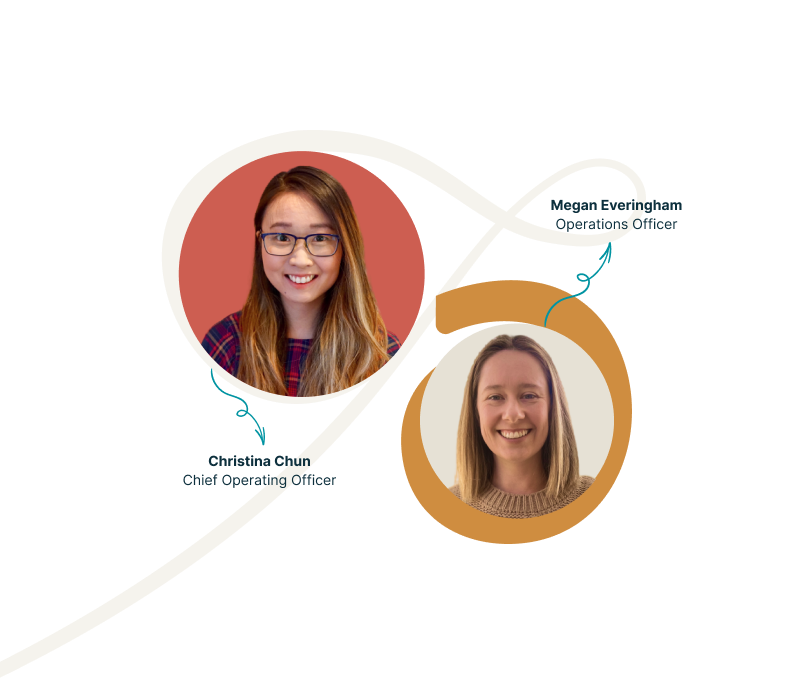
Published Jun 2024
Innovation collaborations
These are collaborations set up to innovate and transform systems. They experiment with doing things differently to ensure all people, places and planet thrive.
Introduction to innovation collaborations
These are collaborations set up to transform systems. They experiment with doing things differently to ensure all people, places and planet thrive.
The key attributes of innovation collaboration learning communities are that they:
- Emerge around a complex challenge and focus on a bold goal.
- Include innovations that centre equity in sector policy, practice and leadership.
- Engage a variety of diverse actors to create breakthrough ideas and new practices.
- Involve bottom-up, top-down and side-to-side innovation that spans organisational and sectoral boundaries.
- Question dominant assumptions and challenge us to see and be differently.
- Focus on learning in action and experimentation.
- Learn and practice equity, humility and shared responsibility for a just and regenerative future.
- Learn and practice healing-centred systems change in recognition that individual, intergenerational, collective, historical and systemic traumas are present in all social justice and change work.
Global examples
Some global examples of innovation collaboration learning communities include:
- Griffith Centre for Systems Innovation
- Just2ce: A just transition to circular economy
- Regen Melbourne
- Indigenous Knowledge Systems Lab
- The Southern Initiative
- School of Systems Change Field and Practice
SEDI funded
SEDI funded innovation collaboration learning communities include:
- Regen Labs: Unlocking the potential of social enterprises to work collaboratively, holistically and systemically in place, for just and regenerative regional economies.
- Shifting Ground: The First Nations social enterprise circle - transforming systemic exclusion in the social enterprise sector by elevating First Nations community-building and regenerative practices across diverse industries.
Innovation collaborations learning communities
.png)
Shifting Ground: First Nations Social Enterprise Circle
First Nations Social Enterprise Circle brings together a small group of First Nations social enterprises selected through a nation-wide call out. The circle creates space for individuals committed to social transformation to learn from each other, strengthen their work, and grow practices that care for people and Country.
Learn more-1.png)
Regen Labs: WEAVE regenerative economy systems lab
Led by Regen Labs, WEAVE is a 12-month, place-based innovation collaboration. It is designed to learn how to support regional social enterprises to play a catalytic role in accelerating the shift to regenerative, inclusive, and climate-resilient economies.
Learn more

We’d love to hear from you!
Reach out to one of our team members, and share input and ideas about how we can evolve Understorey.
Get in touch